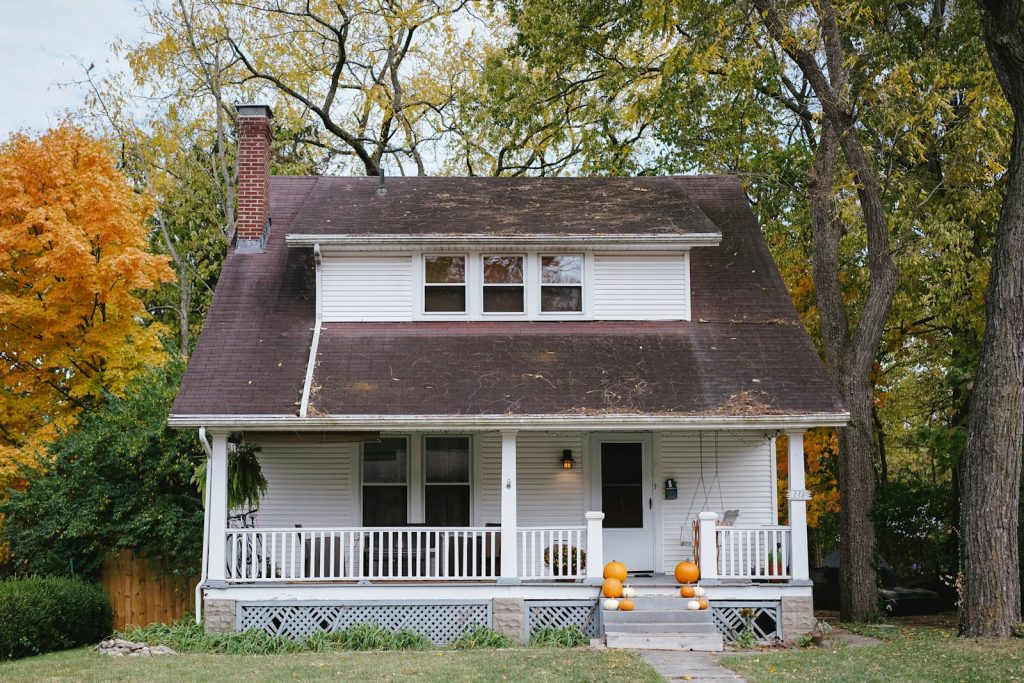Quick stamp duty rise is to avoid market distortion, says property expert

The Chancellor’s rush to raise stamp duty on second homes is to avoid a “cliff edge” in the market, according to property expert Jonathan Rolande.
Rachel Reeves today announced that stamp duty for second-home buyers will rise by two percentage points to 5% – from tomorrow.
She said that the move would help to support over 130,000 transactions by first-time buyers over the next five years.
Explaining why the change is being introduced tomorrow, property expert Mr Rolande, founder of House Buy Fast and lead spokesman for the National Association of Property Buyers, said: “The reason is to avoid a cliff-edge in the market.
“If it were, say, two months ahead to allow current sales to complete, it would also risk temporarily inflating the market as people who otherwise would have bought and sold at their leisure rush to complete the transaction.
“This distorts the market, in effect creating six months of work in two months.
“Solicitors, surveyors, and mortgage companies are inundated, and delays may result in a sale beyond the cut-off, causing anger.
“We have seen this in the past with stamp duty holidays that come to an end.
“The Chancellor got this right, although the additional £6,000 tax on an average house will not be so welcome.”
Chancellor Rachel Reeves’ Budget statement this afternoon highlighted tax hikes for both working individuals and British businesses.
She told the Commons that the Budget will raise taxes by £40bn with an approach that she believes will achieve growth in the near future.
Reeves shared projections from the OBR, which said CPI inflation will average 2.5% this year, 2.6% in 2025, then 2.3% in 2026, 2.1% in 2027, 2.1% in 2028 and 2.0% in 2029.
Reeved also said the OBR has published a detailed assessment of Labour’s policies for the next decade.
Listing its forecasts, she announced that real GDP growth will be 1.1% in 2024, 2% in 2025, 1.8% in 2026, 1.5% in 2027, 1.5% in 2028, and 1.6% in 2029.


